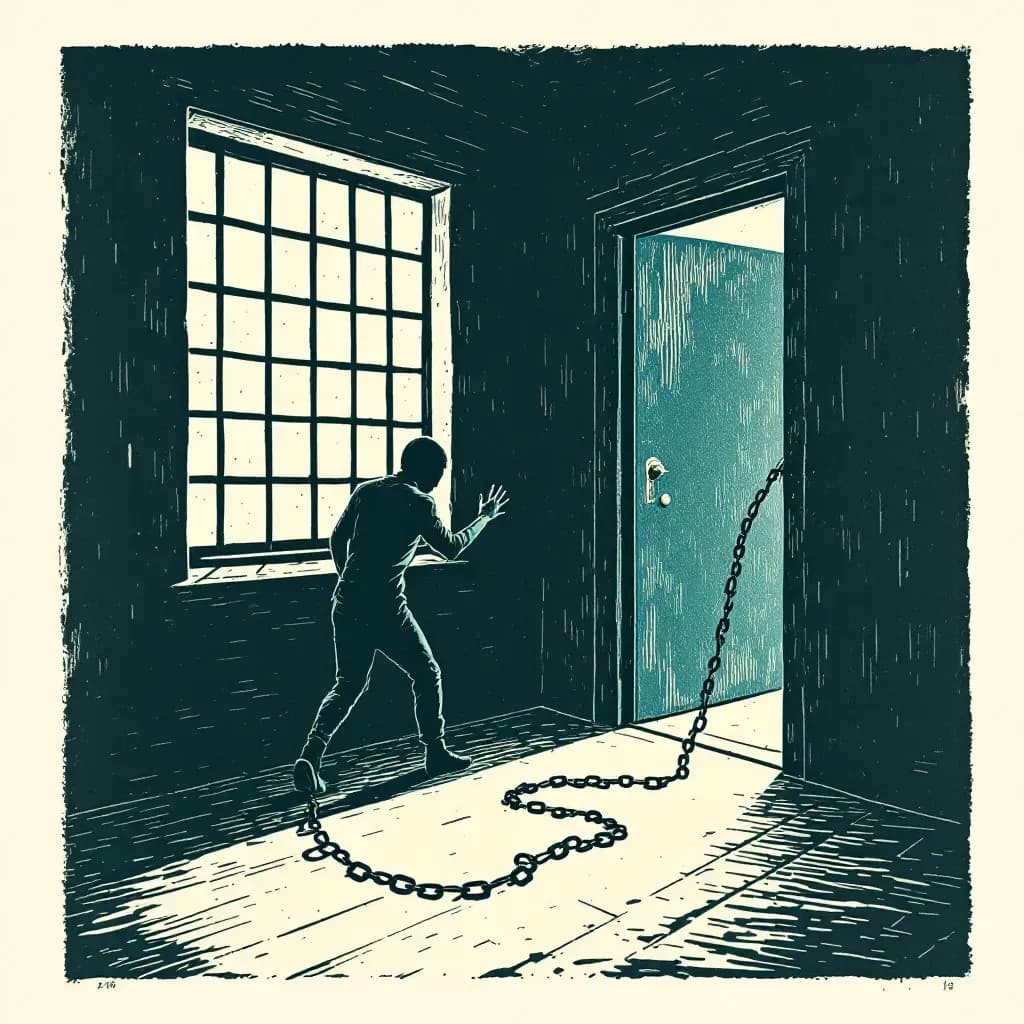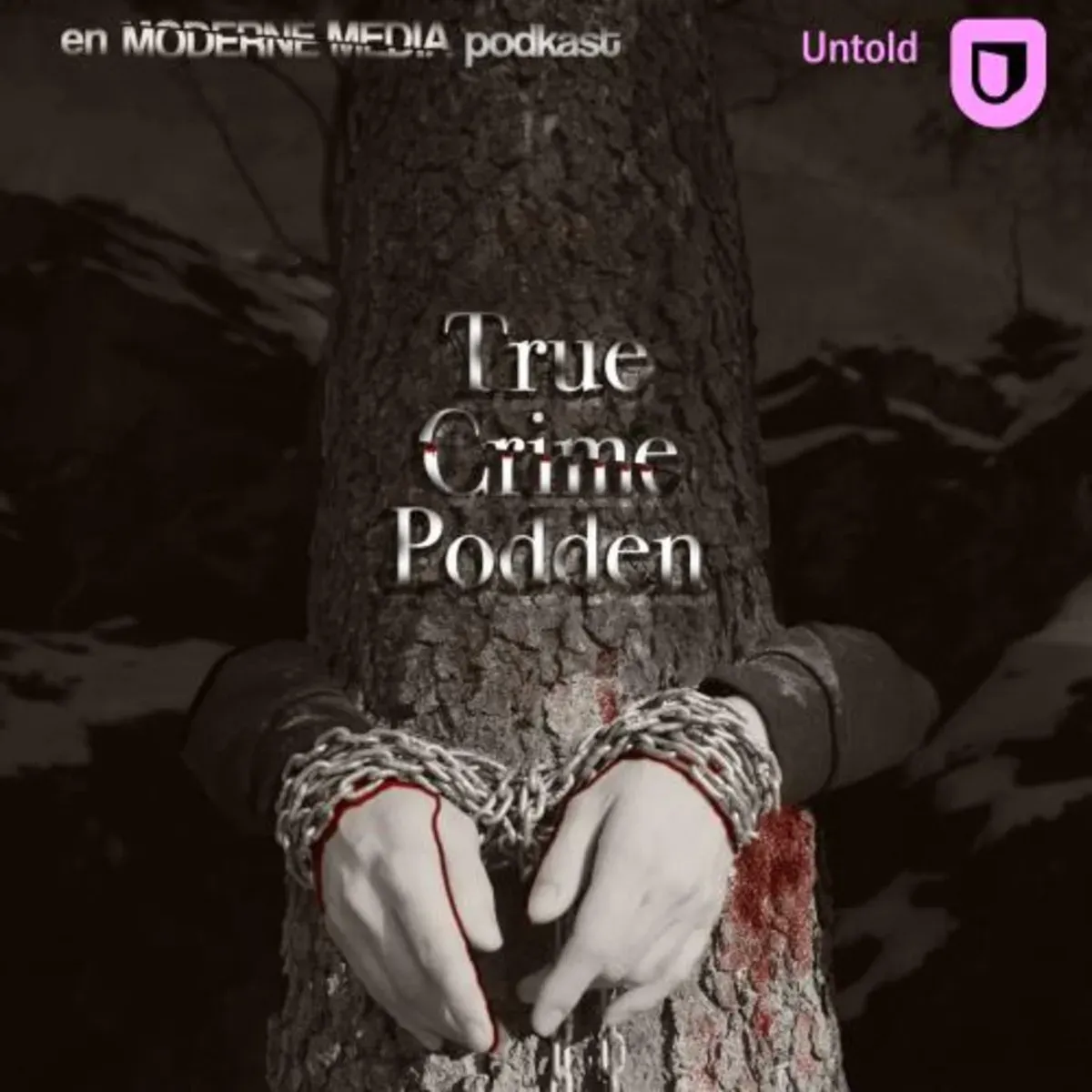
Human trafficking
Understanding exploitation – from sex trafficking to forced labor and modern slavery
What is human trafficking? Understand the coercion, deception, and exploitation of vulnerable victims for sex trafficking and forced labor – a hidden and brutal form of true crime.
Understanding exploitation – from sex trafficking to forced labor and modern slavery
What is human trafficking? Difference from smuggling
In the context of true crime, human trafficking refers to the serious criminal act where individuals are recruited, transported, harbored, or received through coercion, deception, or abuse of a vulnerable position – all for the purpose of exploiting them. This exploitation is the very essence of the crime of human trafficking and can manifest in many cruel forms. These include sexual exploitation, forced labor – often described as modern slavery – organ removal, or other forms of gross exploitation where victims are treated as commodities. The crucial element in human trafficking is not necessarily transportation across borders – which distinguishes it from human smuggling – but rather the control exerted by the perpetrators and the underlying aim of exploitation.
Networks in darkness: Victims and human trafficking fight
Human trafficking is one of the darkest and most complex forms of organized crime. It often operates in secret, systematically targeting society's most vulnerable individuals. Victims of human trafficking are typically controlled through threats, violence, debt bondage, or sophisticated psychological manipulation. These methods make it extremely difficult for them to escape or seek help. Investigating human trafficking cases presents an enormous challenge. These cases often involve international crime and intricate, well-organized criminal networks. Moreover, dealing with traumatized victims, who live in constant fear, requires special care and sensitivity.
Hidden crime: Understanding human trafficking is key
Understanding the mechanisms behind modern human trafficking is essential within true crime. It illuminates a type of crime with profound and long-lasting consequences for individual victims and society as a whole. Combating this form of organized crime, including types like forced labor and sexual exploitation, is an ongoing global priority. It demands international cooperation and an understanding of the factors driving both the supply of vulnerable victims and the demand for their exploitation. The clandestine nature of human trafficking and its severe human costs underscore the crime's persistent relevance and complexity in the study of criminality.
From international sex trafficking to forced labor: What does human trafficking look like in practice? Read our harrowing cases on the subject below.
Posts Tagged “Human trafficking”
24 postsShowing first 20 of 24 posts. Use search or filters to find more.



















